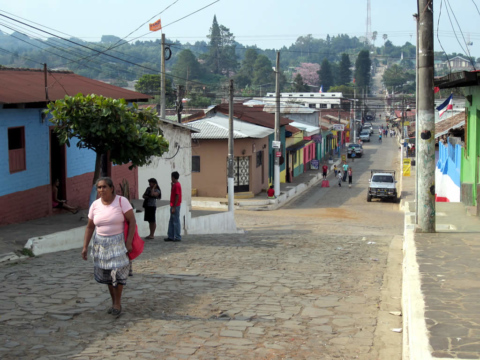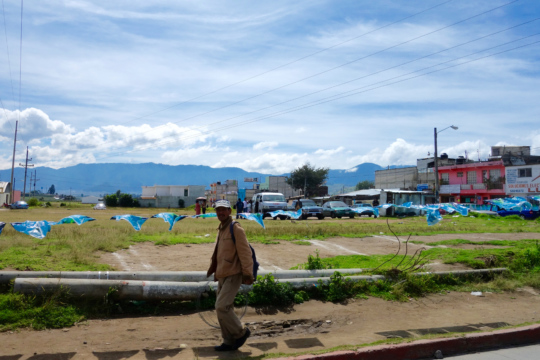
Remittance Costs: Latin America & the Caribbean
The Costs of Sending Money to Latin America and the Caribbean
Remittances to Latin America have grown in the last few decades, driving development and constituting a crucial source of income for many. Despite the fact that research shows a correlation between the receipt of remittances and an individual’s increased ability to save, many people who receive remittances remain outside the formal financial sector. This begs the question: to what extent are financial flows from remittances used to build assets and improve economic well-being, and how can such practices be encouraged?
The Inter-American Dialogue hosted an event on Monday, June 23rd entitled “Financial Education and Inclusion in Mexico,” which featured Isabel Cruz of La Asociación Mexicana de Uniones de Crédito del Sector Social (AMUCSS), Anne Hastings of the MicroFinance CEO Working Group, and Manuel Orozco of the Dialogue. Panelists shared their thoughts on the Mexican case study of a financial education project recently implemented by the Dialogue in partnership with AMUCSS.
The project, sponsored by the Western Union Foundation, provided financial counseling to over 9,000 people in five Mexican states, encouraging money management, savings mobilization, and the informed usage of formal financial products. It utilized a strategy involving a high degree of individual interaction, catching clients at a crucial, “teachable” moment after they had picked up their remittance or conducted financial business. This program has been very successful, with 25% of participants deciding to open a bank account or join the formal financial sector in some way. Cruz noted that a very important takeaway from the program is that it has made migrants visible to the banking institutions, a necessary first step in generating needed support and momentum for more projects such as this one.
Hastings began her remarks stressing that understanding the meaning of the concepts “financial education” and “financial inclusion” is a prerequisite to shaping successful programs. Financial inclusion is a process by which people become financially capable, which involves not just education, but also a combination of skills, knowledge, attitudes, and behaviors. Financial education thus involves not only understanding and accessing quality products and services, but being able to make the sound decisions necessary to use them well. Cruz’s presentation mirrored the concept of financial education as a holistic and formative process, as she noted that financial education is the first step in bringing people into the formal financial system, which then establishes an ability to invest in the development of their communities.
In a discussion with the audience, panelists considered the best ways to structure programs that foster financial education and inclusion. Cruz noted that one on one programs, while arguably the most effective approach to fostering financial inclusion, can be costly. Hastings added that while product design is important - a product must be useful and appropriate - so is developing clients’ ability to use the product.
The panelists concluded by pointing to the importance of designing programs within the context of each community and according to clients’ needs. Hastings, who spent 17 years as the CEO of Haiti’s first and largest microfinance institution, noted that her group’s approach was progressive, aiming to first make clients understand what it means to take out a loan, then to open a savings account, and then, after having saved a certain amount, to take out their first loan. In addition to focusing on tailored, one on one client interaction, they also experimented with broader educational media campaigns, including a radio campaign, a brochure effort, and classroom training. Cruz recounted her organization’s experience in which, after establishing a very successful rural bank, thus demonstrating the capacity and potential for savings within the rural migrant community, the savings could not be invested because the community was too isolated from the larger banking system. Their solution was to create a network of small rural banking institutions with the capacity to invest. Orozco echoed this idea, noting that local context is key in formulating a long-term strategy: if a project is seen as essential to fulfilling needs in a community, its programming will be much more likely to last beyond the period of a particular grant, and more likely to become the source of necessary public policies.
The Costs of Sending Money to Latin America and the Caribbean
This article analyses financial access in El Salvador, delving into its characteristics and determinants. The article also presents the impact of a financial inclusion strategy to increase savings formalization rates among the population. The analysis is based on a financial advising project for more than 17,000 Salvadorans at branches of…
Central America faces a wide range of challenges in the global context, of which organized crime, access to trade and financing, and outbound migration are a few. This is a compilation of the most relevant Dialogue’s reports on the region.


